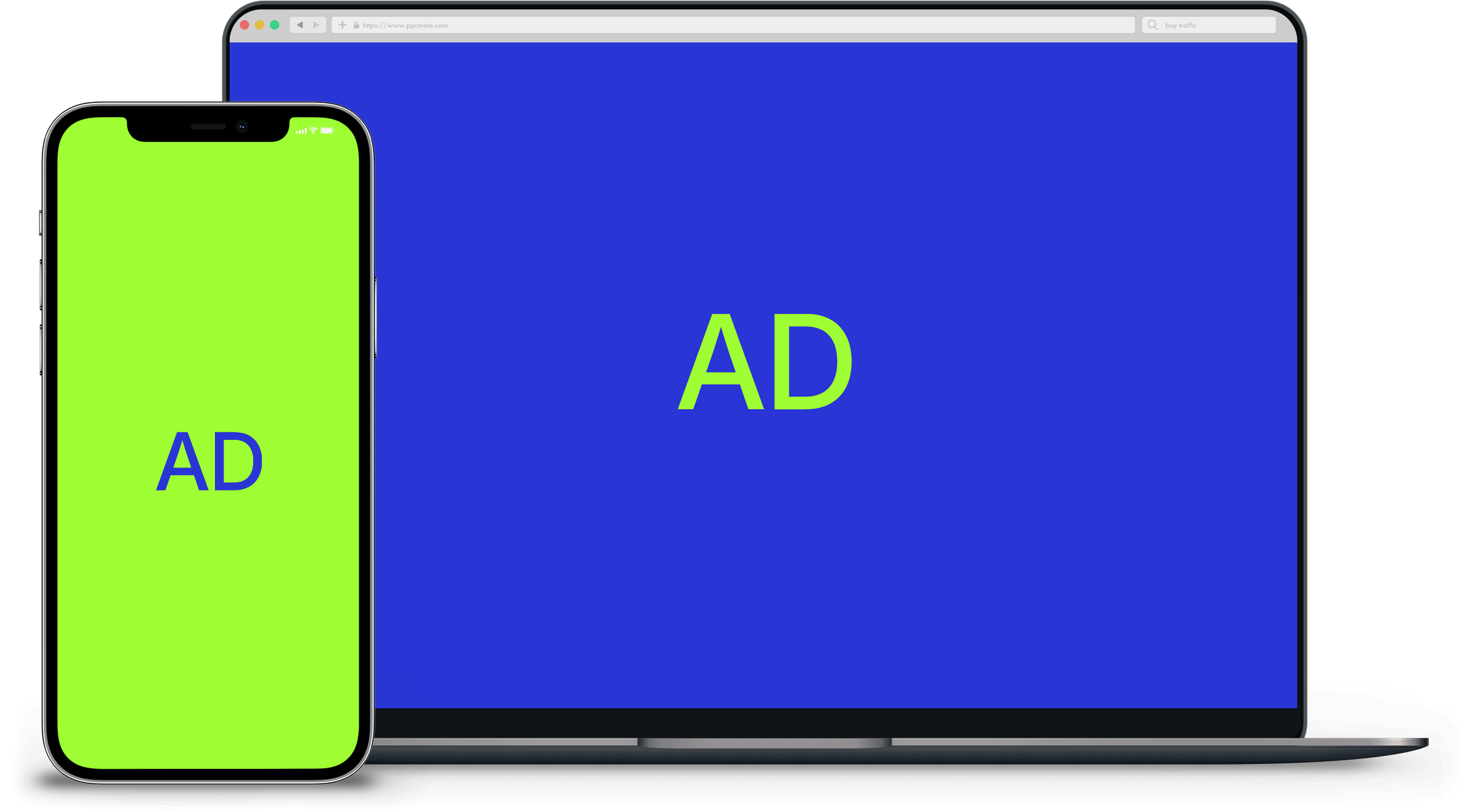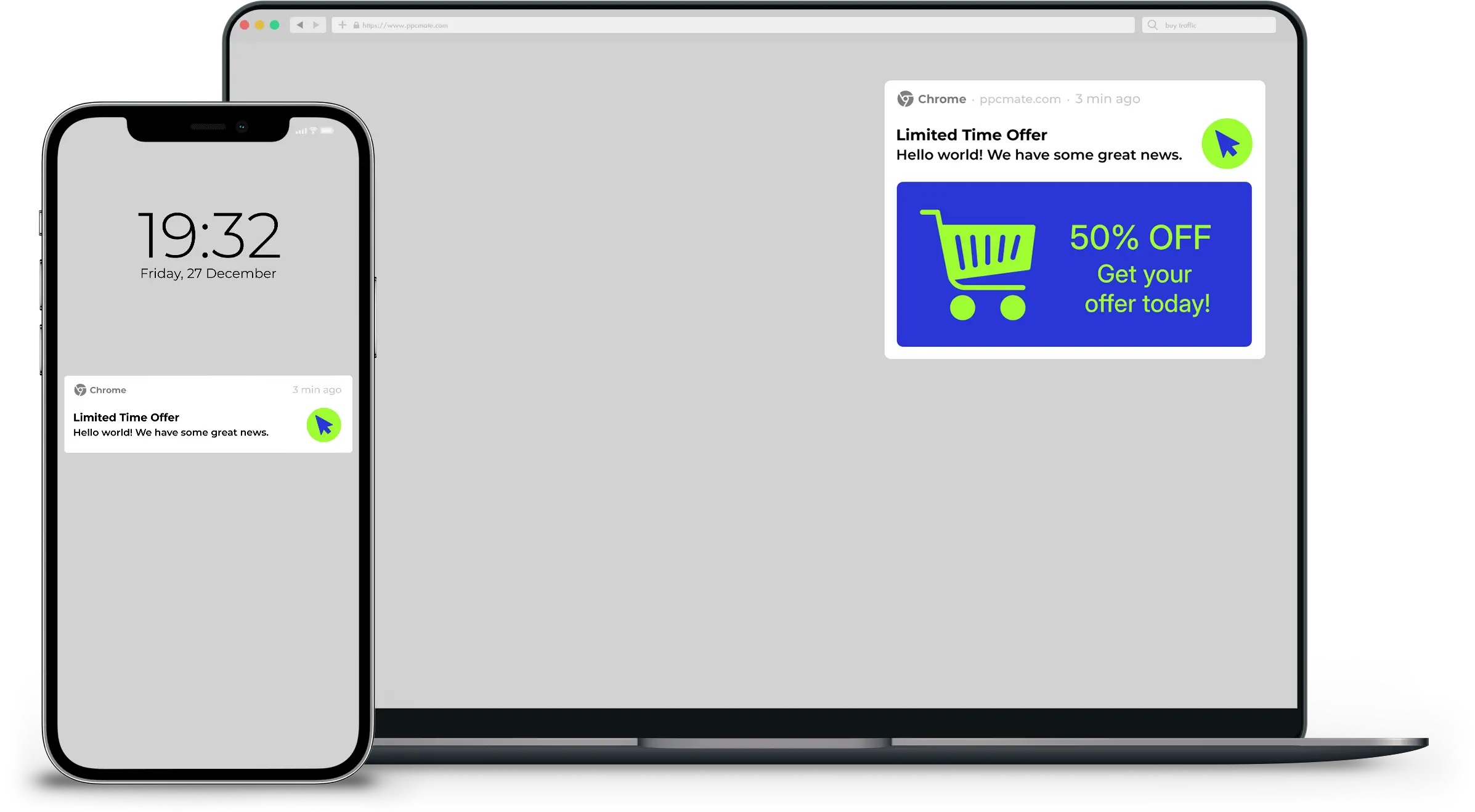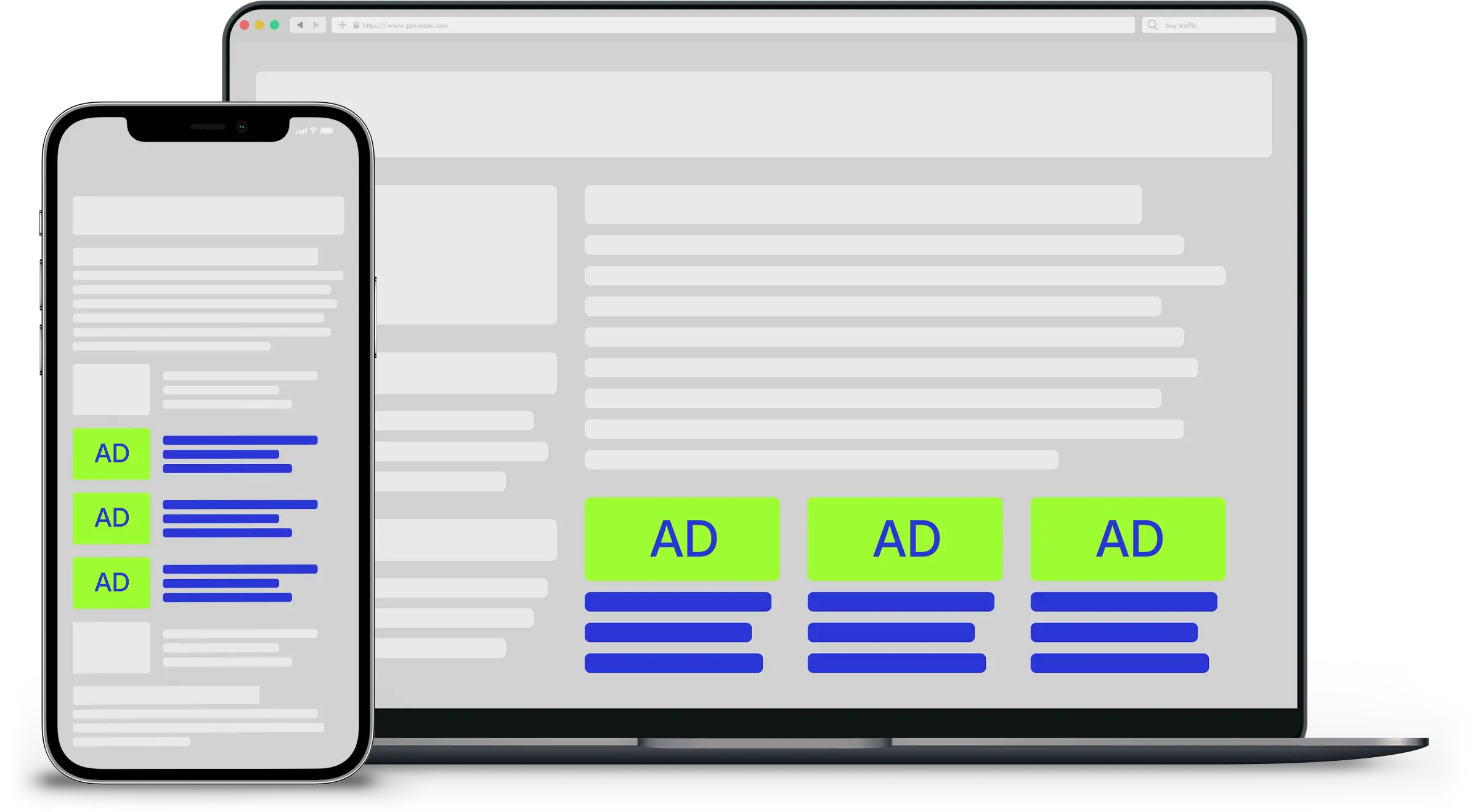Several years ago during the early days of BKA Content, we had just finished up a comprehensive redesign of our company website. This effort took time, money, and the creative talents of several people who put their hearts and souls into carefully crafting the content on our pages that would speak to the hearts of our audience.
A month or two after the launch of our newly redesigned site, I received a strange phone call from a man claiming he had just purchased our website and had some questions about how the website worked.
Since our website was certainly not for sale, I was completely confused by this claim and thus investigated to find out what had really happened.
Long story short, this man had purchased a “successful content creation” business from a popular online marketplace that sold websites. The creators (copiers, thieves, low lifes) that sold the site literally duplicated the text verbatim from our website, changed our images a little bit, and slapped a new company name on it and sold it to this poor man for a ridiculous sum of money. These idiots were so lazy that they even left our phone numbers on the page, which is how this man was able to contact us to ultimately find out he had been swindled by thieves.
This bizarre experience really helped me to understand firsthand how muchstolen content can hurt. It wasn’t fair for these thieves to take the work that I spent time and money on and then duplicate it and call it their own.
While this is a pretty extreme example of blatant content stealing in order to turn a profit, the truth is that most content is stolen more subtly with scrapers and bots. These methods of duplicating content can be just as harmful as the experience I shared.
So I ask again, have you ever had your content stolen? If you aren’t sure, I’m going to show you how to find out and what to do about it.
Duplicate Content is Bad
Before I show you how to search for duplicate content, let’s briefly go over how Google deals with duplicate content.
In 2013, Google’s Matt Cutts said that 25-30% of the content on the web is duplicative. I’m sure that number is higher now, but that’s a butt load of copied content! Because duplicate content is so prevalent, Google does not penalize it. That’s right; Google does not penalize duplicate content unless it is pure spam.
So if there is no penalty for copying something, then why should we care who copies our content?
The biggest reason is that when duplicate content exists, it makes Google’s job harder to filter it and decide which version of the content to display in search results. This means the content you have spent time and money on creating may never show up in the results, but the thieves’ version of your content will.
Google’s failing to filter the original version of the content leads to site owners suffering lower rankings, lower traffic, and being less of a relevant authority in search.
The wrong content showing up in search engines can damage your brand’s authority and can undermine your content marketing efforts substantially.
The only instance when duplicating your content makes sense is when choosing to syndicate it. While I won’t get into the intricate details of how to do this, please note that great care should be taken to ensure you syndicate correctly to maintain proper attribution.
How to Find Stolen Content
1. Copyscape
Copyscape has been around for as long as I can remember, and still is considered to be one of the most reliable tools in finding duplicate content.
Copyscape allows you to check an existing URL for duplicate content on the web. This tool is free to use; however, the number of results are limited. If you want to be able to see more results, you’ll have to sign up for their premium account.
Copyscape Premium is ideal if you need to check content in bulk, or if you want to check content you haven’t even posted online yet at five cents per search.
If you want your website to be automatically monitored for copies of your content, their Copysentry service has two different plans that can check your content weekly or daily and then alert you when copies are found.
2. DMCA
DMCA stands for The Digital Millennium Copyright Act which details the rights content owners have when they believe their content has been stolen.
DMCA.com allows for two free scans of your website to check for copied content. You can pay $10 a month for their Protection Pro plan to scan your website as much as you want per month.
Both the paid and free subscription options allow you to create a website certificate as well as badges to authenticate the ownership of your content to potentially deter thieves.
3. Google Alerts
Google Alerts is a simple way to quickly find copied content, and it’s FREE!
Create an alert by copying and pasting some of your content into the search query field. You can then set the parameters of whether or not you would like to be notified every day or once a week if Google finds copies.
It’s important to note that Google alerts searches for any of the words that you paste into the search query.
This means that not all of the alerts may be accurate; however, it is easy to spot the true alerts since the results will match the entire string of words you put into your search query verbatim.
How to Get Duplicate Content Removed
1. Contact Them
I know this sounds simple, but I’ve experienced a lot of successful takedown requests this way. Most websites and blogs have a contact form, email address or phone number listed on the site.
Inform the offending site that the content has been stolen, provide a link to the original piece of content, and ask them to take it down immediately to avoid an official DMCA takedown complaint.
If the webmaster is slow to respond, or if your sensible request is being ignored, another option is to contact the offender’s web hosting service directly. There are several free websites that can help you get this information such as Who is Hosting This by simply typing in the URL of the offending website.
Once you have the information of the web host, follow the same steps as previously mentioned to contact them and report the content infringement. Most web hosting services do a great job of responding quickly, and in many instances take down the entire offending website.
2. Google
If you find out that someone else is reaping all of the traffic benefits by ranking well using your stolen content, you can file a DMCA complaint against them using Google Search Console.
If Google agrees with the complaint you file, then they will remove the stolen content from the search engines, thus rendering it completely useless to the offender.
Google asks for quite a bit of information in their form as they want to make sure they are justified in removing results. Take the time they require in order to give them all of the information to build your case.
It is important to note that Google takedown requests are per page only, so depending on how many pages of content have been copied, be prepared to spend some time here. Revenge is sweet, right?
3. Takedown Services
As you can see, getting people to takedown stolen content can take time and effort. For some webmasters, they are simply too busy to handle takedown requests on top of their normal workload. Thankfully there are several third party takedown services that can perform this whole process for you.
While cost can vary between these many services, the main benefit is that you can leverage their legal services to strike the fear of god into the face of your offenders to get fast results.
Do a simple “DMCA takedown services” search on Google to compare pricing and packages.
Conclusion
Don’t make the mistake of not knowing if your content has been stolen and where it is being duplicated. Finding out is quick, easy, and costs very little compared to the costs you can incur if left unchecked. I implore you to protect your content, fight the good fight, and don’t let the bad guys win!
___
by Greg Secrist









